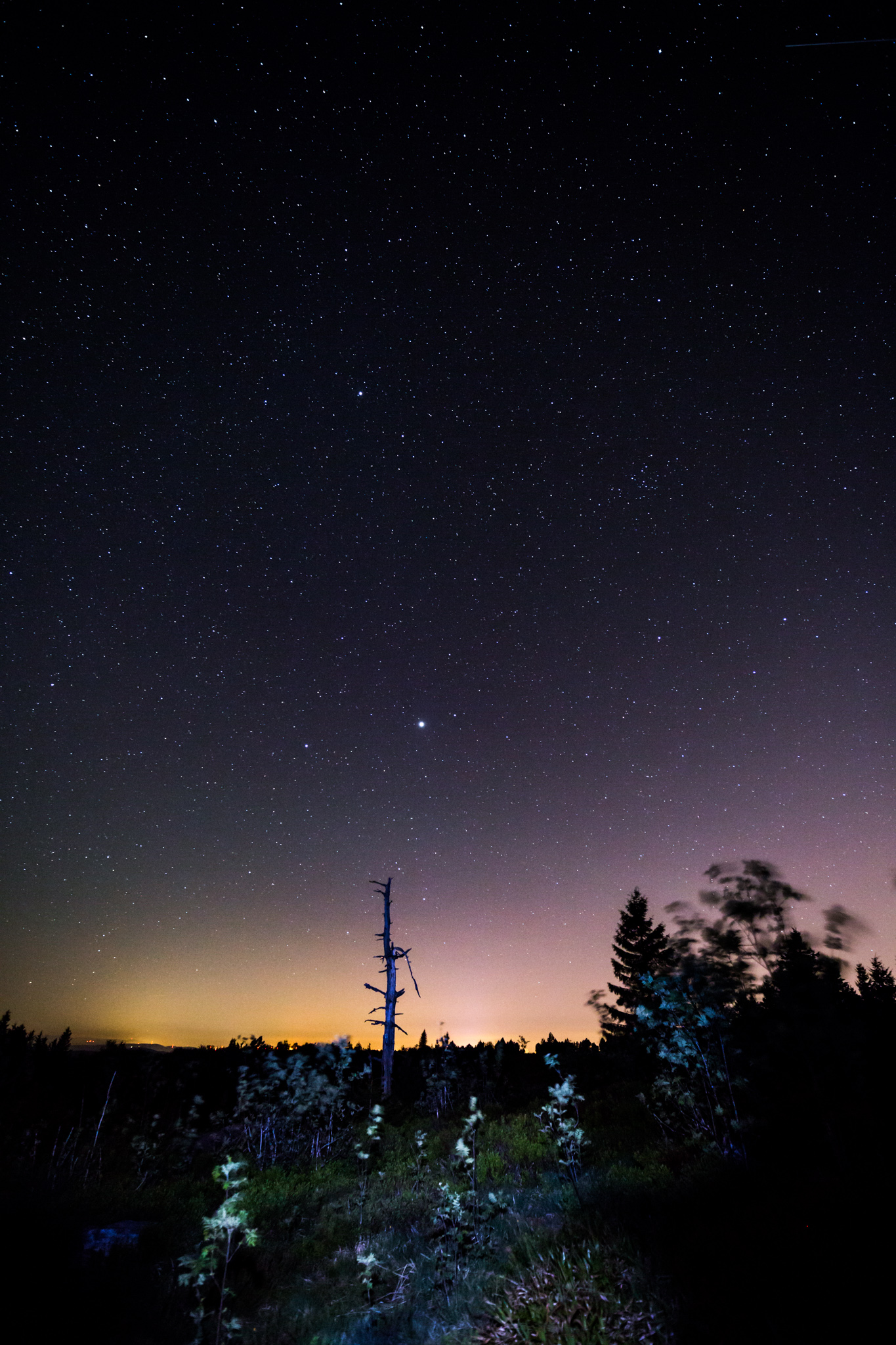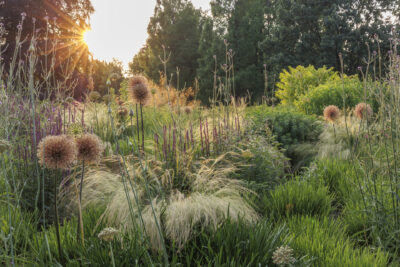Night skies with milky way are absolutly fascinating. I could watch this forever and ever. Even here on the northern hemisphere, where the milky way is not as spectacular as on the southern hemisphere. The narrow ribbon is always in the sky, but not easy to spot. The center of the milky way cannot be seen every night, but when the time is right, you can see it with bare eyes. So you need some planning in advance.
Searching for the darkness
The milky way rises, like sun and moon. It appears on the night sky with the rotation of the earth. To see it, the sky must be dark, really dark. Moon is no option, it is way to bright. Other sources of light as streetlights or houses must be as far away as possible. In a land like Germany which is populated very dense, this is difficult, because it’s bright nearly everywhere. But there are darker places. I look at the maps from www.lichtverschmutzung.de, which are also available on english pages.

In the Black Forest there are some places where you can go. We decided for Schliffkopf, because in Northern Black Forest you need a place with lesser trees, otherwise it will be dark but you will see noting but trees.

I always use the app Photo Pills to plan my trips. So I know when and where the milky way will be seen on the sky. Awesome for choosing the right place is the feature Augmented Reality. On your mobile screen you can see how the stars move during the night projected on the real picture of your camera. Just hold up your mobile. Here is an example.

Equipped like this we went yesterday evening. I was with Jürgen, we had photographed at Hohenheim a few weeks ago. It was a wonderful clear evening followed by a clear night. First we walked around to look for the places and perspectives we wanted to do in the night. The sun was going down, so we did some nice sunset pictures. The wind was fresh and cool, so we had to be in motion to stay warm as there is no real lee side on Schliffkopf with milky way view.

The galactic center of the milky way rises
The rising of the galactic center of the milky way shortly after midnight was unspectacular, because there was so much scattered light. We were surprised how powerful the lights on the horizon were. On many crests of the Black Forest are wind wheels with steady red lights.

Then suddenly it was visible and we started with serious photography. We experimented before with the camera settings because we never before did milky way photography. Our settings: ISO 1600 to 3200, aperture between 2,8 and 4.0, shutter speed between 10 and 15 seconds. Not more, because we didn’t want to have star trails. And wide-angle-lens 15mm of course.

Minute by minute the light ribbon got higher on the sky and the galactic centre was rising. We changed the place for a variation of the motive and to get out of the strong wind for a few minutes. Two and a half hours we moved constantly and had lots of fun.

At 2:45 a.m. the astronomical twilight began again. From our place in 3100 ft we could see a small light band in the northeast. On our way home the red light on the horizon grew constantly until sunrise.
Back home I had to process the pictures in Lightroom to get more details, adjust the whitebalance and the lines. There are so many videos on Youtube, I watched some and took out the best tips for me. A must is to heighten the contrast, this means heighten the lights and darken the depths. Do not forget to take out chromatic aberration, so the stars get clear. The results and the fun of photographing were worth not sleeping this night.


Schreibe einen Kommentar